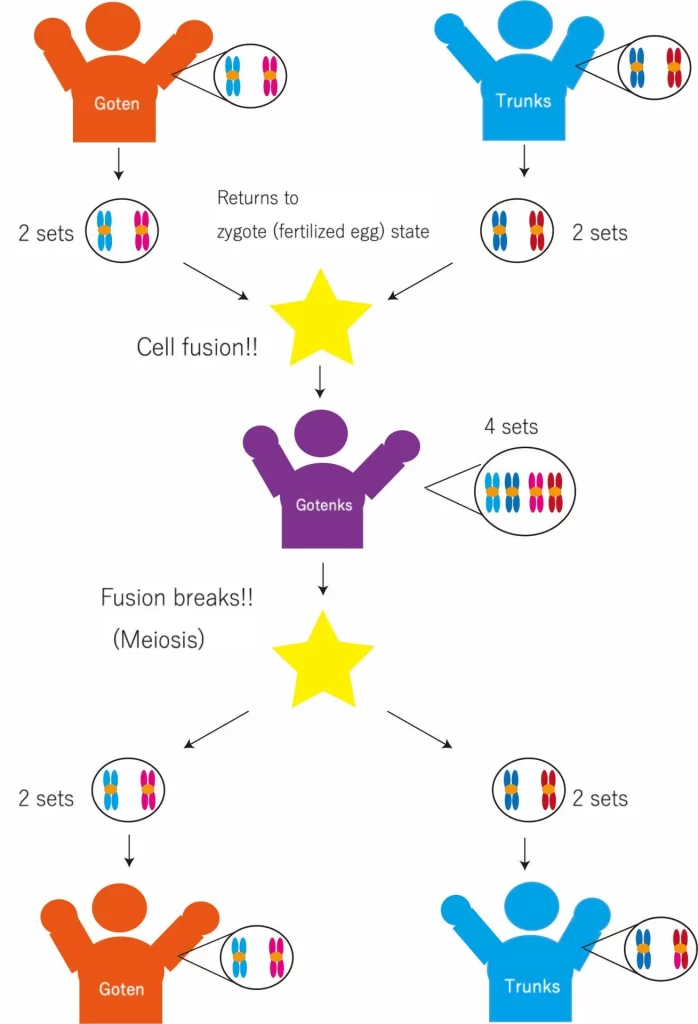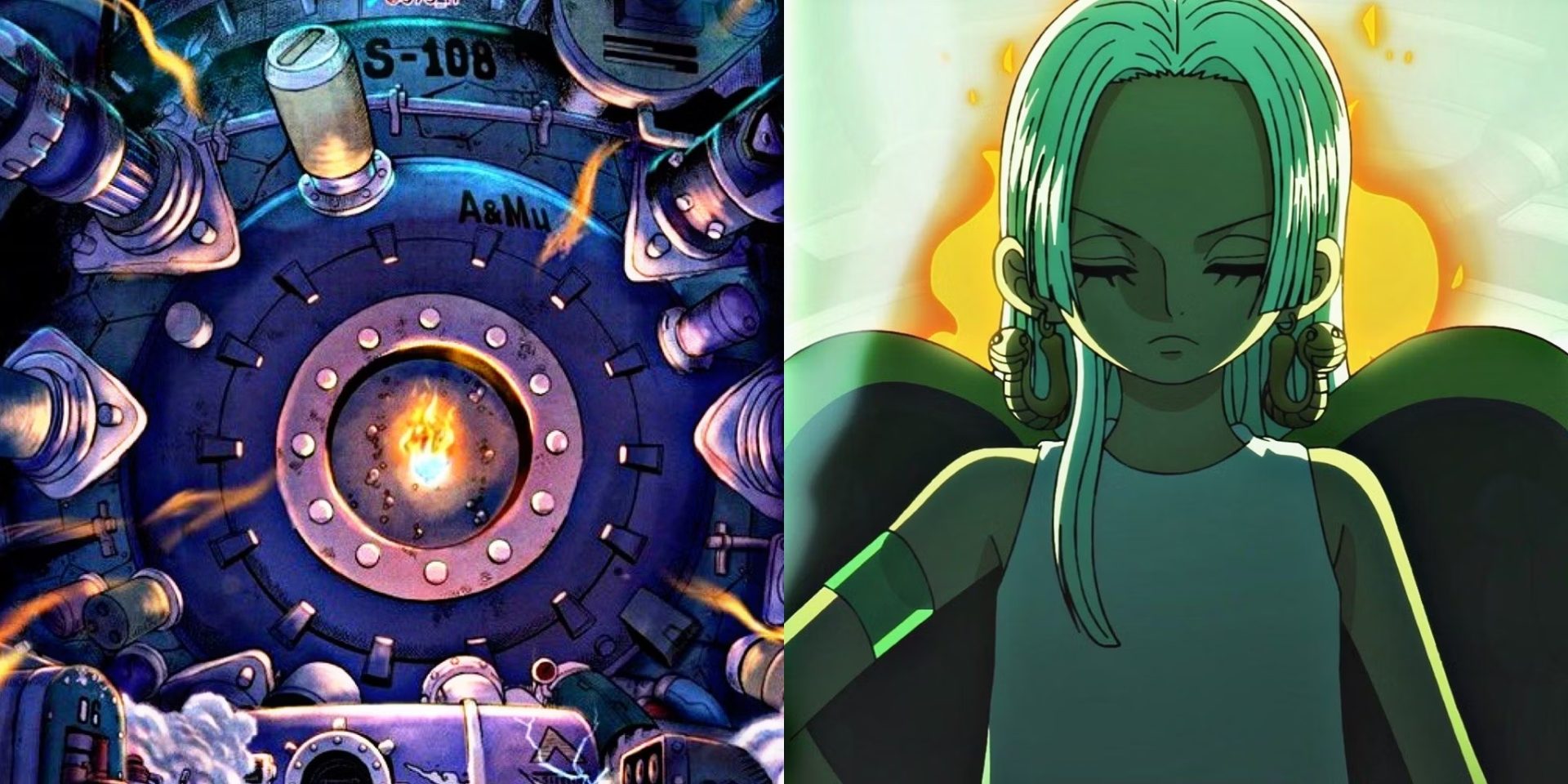In Dragon Ball, not only Son Goku and Vegeta have merged with each other, but also many other characters have experienced this.

Professor Naoki Wada, an expert in cellular engineering, shared his research on fusion in Dragon Ball Z and the possibility that it could lead to humans turning into Namekians in the future.
In an interview on November 23, 2023, Wada revealed that he was part of the first team in the world to perform a fusion between human cells and plant cells. His theory is called the unified zygote theory, which involves both participants transitioning to the zygotic stage.
These zygotes will fuse and quickly develop into a single individual. Although real-life zygote fusion is extremely rare, it can still occur, leading to what is called “spontaneous fusion.”
The professor explains that human cells have two sets of genetic information, one from the mother and one from the father. Normally, new cells are created by duplicating old cells, creating cells with two sets of genetic information (somatic cell division).

However, during the formation of sperm and eggs, each cell has only one set of genetic information, containing half of the original set of information, in a process called meiosis. Gotenks is a composite character in Dragon Ball, which will contain four sets of genetic information. According to Professor Wada, if mitosis occurs, the resulting cells will again have two sets of genetic information, allowing Gotenks to quickly divide into Goten and Trunks.

However, this theory still faces some challenges. For example, how do you grow cells fast enough for fusion to be useful in battle, since human zygote development typically takes nine months? Furthermore, it was necessary to ensure that Gotenks retained his memory during and after the merge.
Professor Wada’s current research area also explores the possibility of using chloroplasts, which plants use for photosynthesis, inside animal cells. This could potentially lead to the creation of animal cells capable of photosynthesis, a development that could give rise to Namekian-like life forms in the distant future.
If this technology becomes viable, there will certainly be a lot of interest in it. People are willing to explore changes in biology and humanity in search of unique and exciting experiences.





